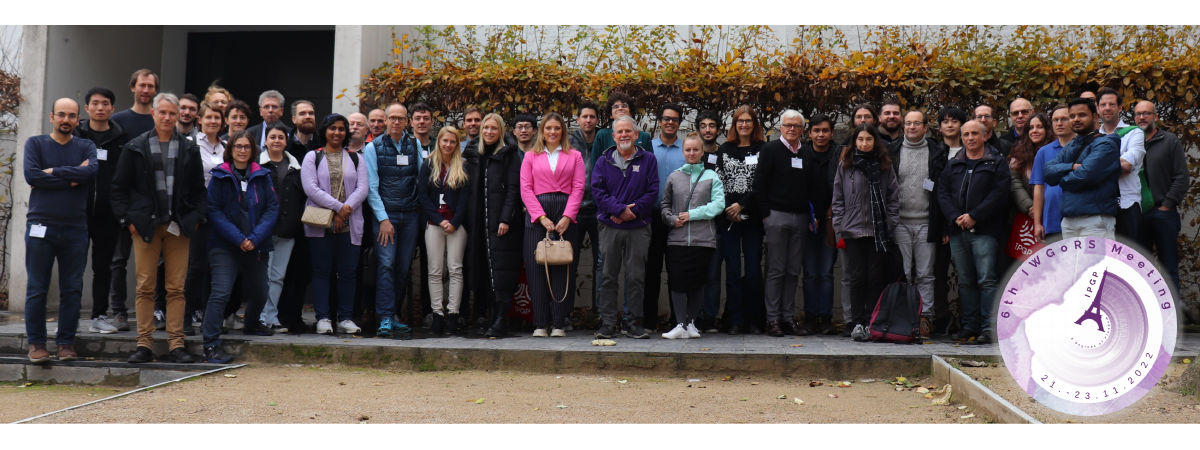Observations of Long-Period Rotational Ground Motions: From ambient noise to Earth’s Free Oscillations
Heiner Igel, Dieter Kurrle, Ana Ferreira, Joachim Wassermann, Peter Gaebler, Ullrich Schreiber
After some technical improvements to the ring laser system measuring the vertical component of rotation rate at Wettzell, Germany, in 2009, a marked improvement of the signal-to-noise ratio for the broad-band frequency range of seismic observations could be achieved. This led to the first direct observation of rotational ground motions induced by toroidal free oscillations of the Earth, following the MW = 8.1 Samoa earthquake on September 29, 2009 and the MW = 8.8 Chile earthquake on February 27, 2010. Seismograms are compared with synthetic seismograms computed by summing normal modes. Amplitude spectra of real and synthetic data are analyzed to interpret the observations. We show that several toroidal modes can be detected in the ring laser data and that our observations are in reasonable agreement with the synthetic spectra. This indicates that long-period seismology can benefit from measurements of rotational ground motion measurements using ring lasers in the future. In addition, analysis of earthquake-free time windows of the ring laser records leads us to the conclusion that we consistently observe Love-waves generated in the two ocean-generated microseismic frequency bands and that the azimuth of the source areas can be estimated from joint analysis with translation records from a broadband seismometer.
.png)